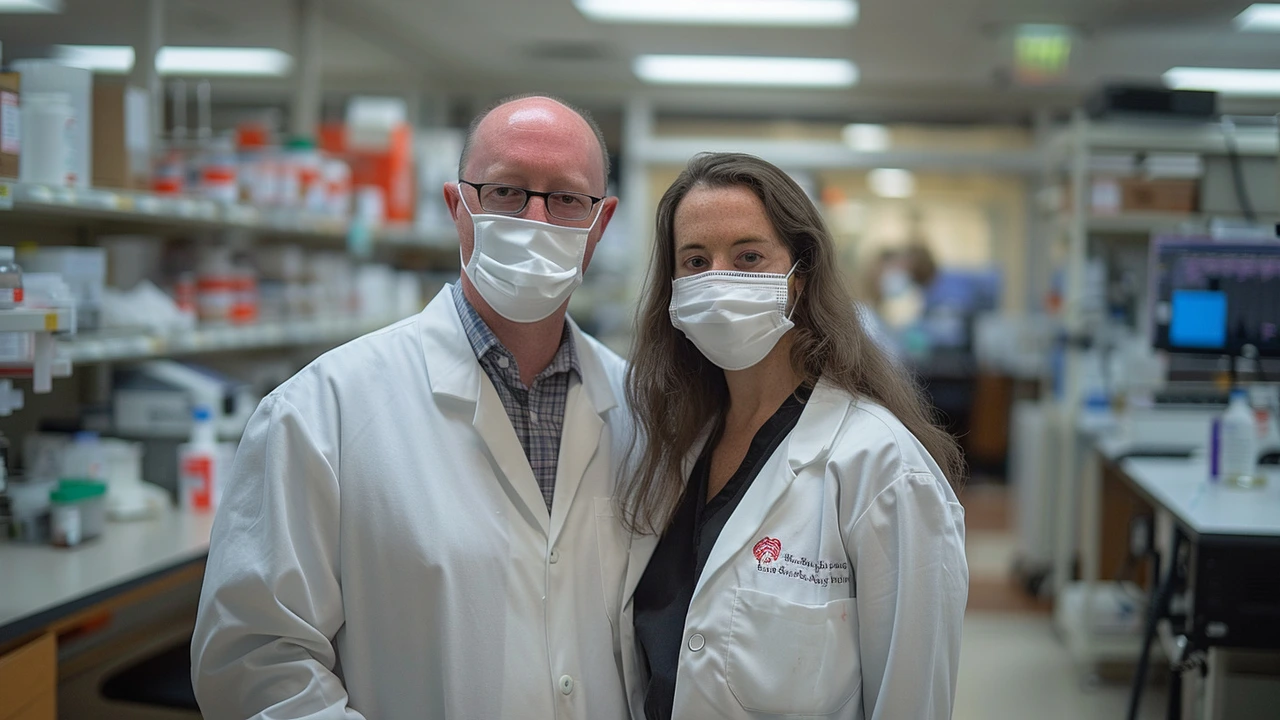Antihistamines: How they work and which one to pick
Allergies are annoying. Antihistamines cut through sneezing, itching, and watery eyes by blocking histamine — the chemical your body makes when it reacts to pollen, pets, or dust. Want a clear, useful rundown so you don’t pick the wrong tablet at the store? Read on.
Types and when to use them
There are two main groups: first-generation and second-generation antihistamines. First-generation drugs — diphenhydramine (Benadryl), chlorpheniramine — work fast but make you sleepy and dry out mucous membranes. They’re handy for short-term needs: a bad hive flare or when you need to sleep through allergy symptoms.
Second-generation options — cetirizine (Zyrtec), loratadine (Claritin), fexofenadine (Allegra) — cause much less drowsiness and are better for daily use. They won’t help much with nasal congestion; if your nose is stuffed, a steroid nasal spray or a decongestant might be more effective. Hydroxyzine (Atarax) is a prescription antihistamine that doctors sometimes use for anxiety, itching, or severe allergic reactions where stronger effect is needed.
Practical safety tips and interactions
Pick the right drug for the situation. Need to stay alert? Choose a second-generation, taken in the morning. Trying to sleep? Diphenhydramine can help but plan for a full night — it can leave you groggy the next day.
Watch for anticholinergic effects: dry mouth, constipation, trouble urinating, or blurred vision. Older adults are more sensitive; many guidelines recommend avoiding sedating antihistamines in seniors because they raise the risk of falls and memory problems.
Avoid mixing antihistamines with alcohol or other sedatives. Combining them boosts drowsiness and can impair coordination. If you take blood pressure meds, antidepressants, or drugs that slow the heart, tell your prescriber before adding an antihistamine — some combinations need a dose check or a different choice.
If you’re pregnant, breastfeeding, or have glaucoma or prostate enlargement, talk to your clinician first. Some antihistamines are safer than others during pregnancy; your provider can recommend the best option.
How long before they work? Many oral antihistamines start to help within an hour and last 12–24 hours depending on the drug. If a once-daily tablet isn’t enough after a week or two, check with your clinician before increasing dose or combining medicines.
Want a local angle? Our site includes a detailed Atarax (hydroxyzine) guide if you’re curious about prescription options and real-world side effects. Also look through patient tips on saving money for common allergy meds on our deals and pharmacy-savings posts.
Final practical note: try one medication at a time for a few days so you can judge benefits and side effects. If symptoms persist or you have hives, swelling, breathing trouble, or severe reactions, seek medical help right away.
Browse our articles tagged “antihistamines” to compare names, read drug-specific guides, and get tips on cost-saving and safe use.

Common Antihistamines Show Potential in COVID-19 Treatment: A Breakthrough in Cell Testing
Recent research reveals that hydroxyzine, diphenhydramine, and azelastine, commonly used antihistamines, may prevent COVID-19 infection in lab cells. These findings, needing clinical trials, could mark a significant step in the fight against the pandemic.
Read More